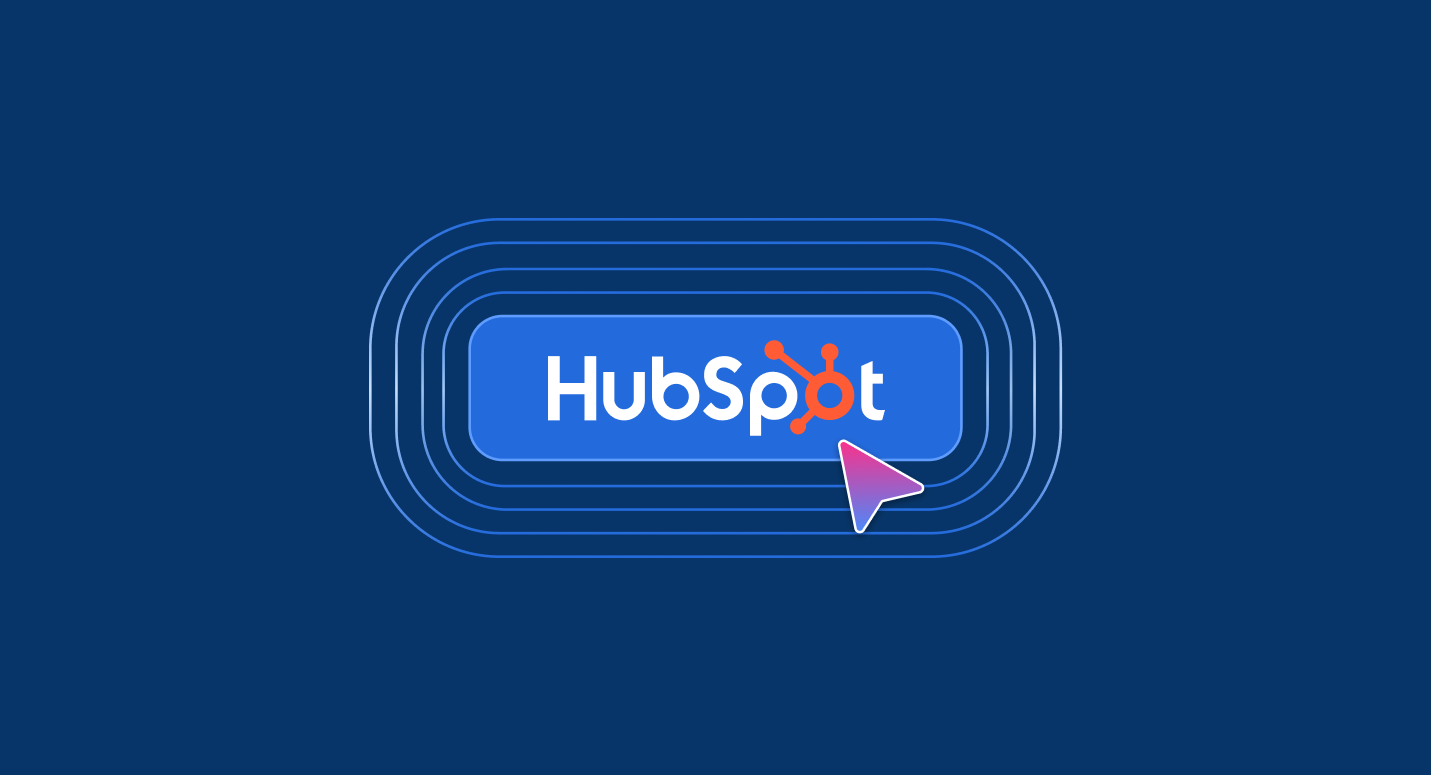27% of customers are more likely to spend money on brands that respond faster, which means contact centers need to function quickly and efficiently.
Takeaways: Key Contact Center Metrics
- Importance of KPIs: Tracking performance metrics helps optimize efficiency, boost sales, improve customer satisfaction, and reduce operational costs.
- Customer Experience vs Sales Metrics: Inbound CX centers focus on FCR, CSAT, and ASA, while outbound sales centers emphasize conversion rate, connection rate, and sales per agent.
- Core Metrics Across Centers:
- Average Handle Time (AHT): Measures call duration including post-call tasks; balance speed and quality.
- Abandonment Rate: Tracks calls disconnected before reaching an agent; lower rates indicate efficient call routing.
- Occupancy & Utilization: Measures agent productivity during calls and post-call work, showing overall efficiency.
- Sales & Outbound Metrics:
- Sales per Agent: Tracks individual agent revenue contribution and productivity.
- Conversion Rate: Percentage of calls leading to sales or follow-ups.
- Connection Rate / ASR: Measures successful live connections from outbound calls.
- Average Waiting Time (AWT): Tracks customer wait times in queues, optimized by predictive dialers.
- Customer Service Metrics:
- Customer Satisfaction (CSAT): Measures post-call customer feedback and satisfaction levels.
- First-Call Resolution (FCR): Percentage of issues resolved on first interaction.
- Average Speed of Answer (ASA): Time taken for an agent to respond to a call or inquiry; indicates queue efficiency.
- Average Call Duration (ACD): Average length of answered calls; ensures quality interaction without unnecessary delays.
- Benefits of Measuring Metrics: Provides insights into operational efficiency, agent performance, customer satisfaction, revenue generation, and overall business growth.
Why is it important to measure KPIs?
Measuring the performance of contact centers helps identify areas for improvement, elevate cost management, and optimize revenue generation and growth potential.
By tracking Key Performance Indicators (KPIs), contact centers can boost sales and maintain high customer satisfaction, while continuously improving operational efficiency.
But there’s a major difference between sales metrics and CX metrics. Let’s take a closer look.
Customer Experience vs Sales Metrics
When implementing performance metrics, it’s important to consider the nature of your business, as different call centers require different KPIs.
Customer Experience
Customer support or inbound call centers deal mainly with incoming calls from existing customers. They’re the main port of call for customer complaints, support, or simple inquiries.
This means that customer support metrics are based mainly around inbound measurements, such as call resolutions and customer satisfaction. The customer experience is paramount for inbound call centers in staying competitive, which ultimately makes First-Call Resolution (FCR), Customer Satisfaction (CSAT) and Average Speed of Answer (ASA) among the most important KPIs to measure.
Read our customer success cases here: Karma Hotel | BlueCalls | Weblio Philippines Inc.
Sales Metrics
Sales or outbound call centers are quite the opposite of customer support: they manage outgoing calls to potential customers and are essential for lead generation, revenue growth and building brand awareness in the market.
Sales metrics focus mostly on outbound measurements, such as conversion rate or connection rate. Sales call centers are the driving force behind any growing business, implementing metrics like First Call Close (FCCR), Sales Per Agent and Utilization Rate.
Core metrics across all contact centers
Average Handle Time (AHT)
AHT refers to the amount of time agents spend on customer calls. It’s an indication of how long it takes them to either solve a customer query or close a sale, illustrating their productivity level.
A lower AHT is preferred for customer queries, as it shows that agents are handling issues quickly. But too low and agents may be rushing through calls to improve their KPI numbers. For sales, when used in tandem with conversion rate, the quicker the better – if agents have low AHTs and high conversion rates, they’re closing sales fast and effectively.
Abandonment rate
Call abandonment rate indicates how long customers are waiting in queues, and how effective your IVR menu or auto dialers are. It tells businesses how many calls are being disconnected before reaching an agent, whether due to long wait times, inefficient self service options or poor dialers.
Businesses should ideally be aiming for as low an abandonment rate as possible. Using AI-powered predictive dialers, continuously updating your IVR menu based on common queries, and optimizing staffing and scheduling can significantly reduce abandonment rates.
Occupancy and utilization rate
Agent utilization rate is the amount of time agents spend productively, both during and after calls. It considers all tasks related to calls, from handling to post-call work like updating the CRM or setting follow-up appointments.
It paints a picture of a human agent’s efficiency when compared to that of an automated system. Utilization rates vary between call centers and depend on the industry, product or service, call center type and agent availability.
KPIs for sales and outbound teams
Sales per agent
Sales per agent is a key metric for measuring the amount of successful sales completed by each agent within a given period. It evaluates agent performance, productivity and effectiveness, and is key for managers in identifying possible training needs, high performers and the overall team’s success. A high sales per agent rate points to an effective team that engages with prospects and converts high volumes of leads, directly contributing to revenue generation.
Conversion rate
Sales or outbound call centers measure conversion rate to get a picture of how many calls lead to sales, meetings booked or follow-ups scheduled. They’re essential for sales centers in understanding their agent’s abilities to close deals over the phone, as well as the efficiency of their lead generation campaigns or call list quality. Turning prospects into customers is the main goal of sales agents, which makes conversion rate one of the most important metrics to measure.
Connection rate or Answer Seizure Ratio (ASR)
Measuring the percentage of outbound calls that end in a successful connection with a live person, or the Answer Seizure Ratio, reflects the efficiency of dialing campaigns and call lists. It indicates the receptiveness of leads in your calling list and is hugely important for sales centers in changing their strategies based on how many prospects they’re actually reaching. Higher volumes of connections mean more sales opportunities, better productivity and ultimately, increased revenue.
Average Waiting Time (AWT)
AWT represents the average amount of time that customers spend waiting in a queue before reaching a live agent. For outbound call centers making large volumes of calls, the lower the AWT the better. Many centers use auto dialers to call multiple numbers at the same time, but they don’t take agent availability into account.
Predictive dialers are much smarter – they use AI to predict when an agent will become available, adjusting call rates accordingly. Many versions even incorporate answering machine detection, which only connects agents to calls once it’s been answered by a human.
Key performance metrics for customer service
Customer Satisfaction (CSAT)
The main goal of a customer service call center is providing top-tier support, making Customer Satisfaction score is one of the most important metrics to measure for CX. It’s a clear indication of how satisfied customers are with your service levels. But where other metrics require basic formulas, CSAT is more difficult to measure as it relies on post-call surveys and collection of customer feedback. It can differ hugely between call centers depending on the technologies in place, such as chatbots, IVR menus and even Text-to-Speech functions.
First-Call Resolution (FCR)
Many call centers receive high volumes of customer calls, whether for technical issues, account queries, FAQs or troubleshooting. This means that resolving customer queries both quickly and efficiently is key to cutting down on repeat callers driving up call volumes. First-Call Resolution is the rate at which agents are solving customer problems on the first interaction, eliminating the need for follow-up calls. It’s an effective way to gauge agent effectiveness and product knowledge, as well as call routing capabilities: if calls are routed to the most relevant agents, FCR goes up dramatically.
Average Speed of Answer (ASA)
Evaluating the timeliness of responses is essential for customer service call centers. ASA measures the time it takes for an agent to pick up an inbound call or respond to a customer query over email, web chat or any other form of communication they might use. It focuses on the actual wait time the customer experiences before the initial agent response. ASA is a key measurement for customer service as it shows the efficiency of call queuing systems, indicating whether or not the IVR menu is up to par. It’s also useful for managers in knowing how effective their staffing and scheduling is, as a higher ASA could mean that the volume of queries outweighs the amount of available agents. Omnichannel tools boost ASA dramatically by unifying all communication channels, eliminating the need for agents to switch back and forth between platforms.
Average Call Duration (ACD)
Average Call Duration (ACD) measures the average length of all answered calls. It can be measured separately for teams, individual agents or even specific queues. If an agent’s average handling time is too long, they may be struggling to get to the root of customers’ problems; too short and they may be rushing their calls, resulting in customers not getting the attention they need. As numbers differ for each industry and campaign, the optimal ACD is unique to each call center.
Why you need to measure these metrics
Measuring both customer service and sales metrics is the bread and butter of a successful call center. KPIs give a well-rounded understanding of how the business is performing, from initial lead contacts all the way to customer satisfaction levels and everything in between.
Keeping track of your CX call center metrics is important for customer retention, as poor CSAT scores can mean customers aren’t getting what they need. Plus, good customer service means better brand reputation and customer loyalty. And if teams are performing exceptionally well, service quality continues to increase.
For sales call centers, knowing how effectively agents are closing deals, generating leads and spreading the brand name directly contributes to revenue growth. High performing call centers are the engine of a growing company, which means sales team effectiveness must be as high as possible in order to accelerate market performance.
Interested in taking your call center to the next level? Talk to us today to find out how Voiso can help you measure your KPIs more effectively.
Further Reading





